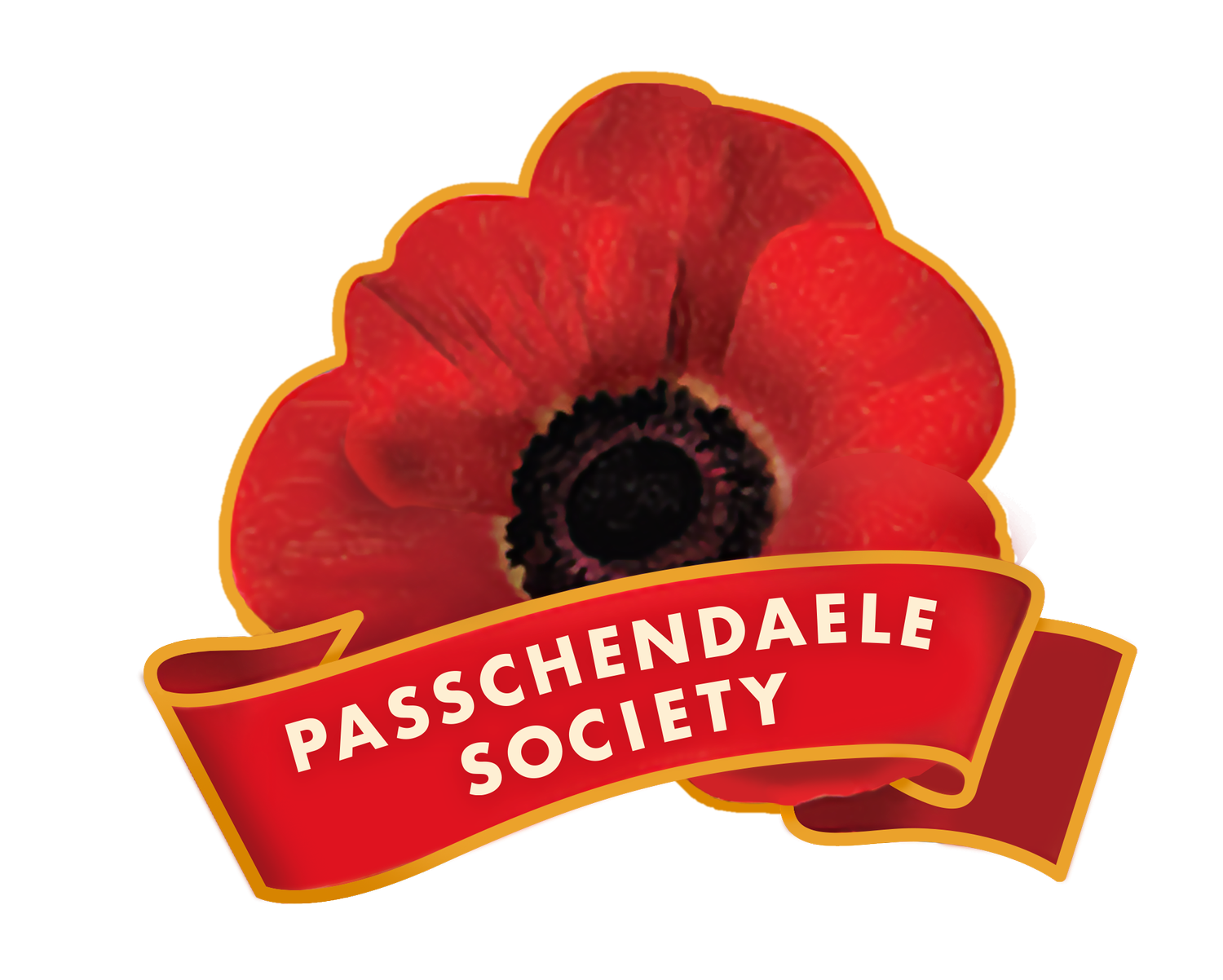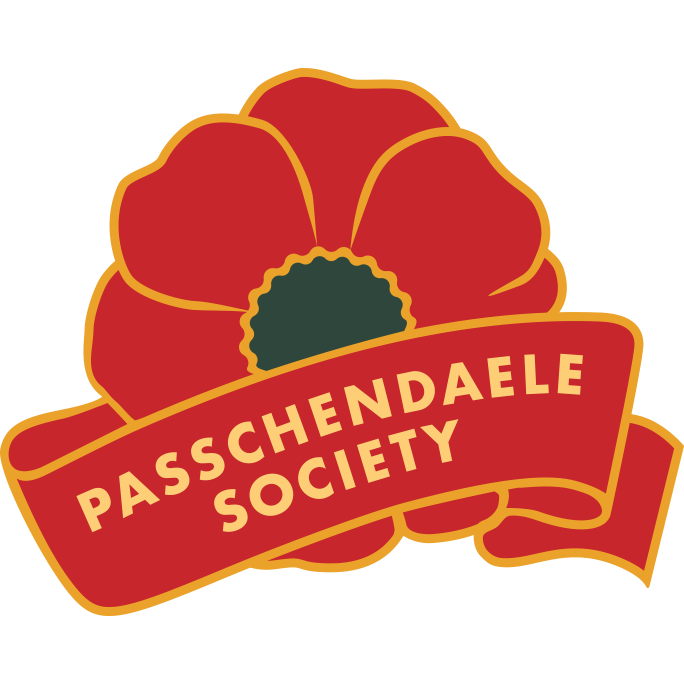July 2022
President’s Report
We hope you will have received the President’s Annual Report and Minutes of the AGM. There you will have read about the main elements of our current activity. This newsletter is by way of an update on a few topics.
Firstly, this year’s Annual Commemoration will be at 11.00am on Sunday 16th October 2022 in the WW1 Hall of Memories at Auckland War Memorial Museum - it having been decided to hold our annual commemoration in future on the nearest Sunday in order to optimise attendance. We are very pleased that the Hon. Phil Goff CNZM has agreed to be our Guest of Honour and principal Speaker this year, and that one of New Zealand’s leading poets, Kevin Ireland OBE, will read his poem ‘A Fine Morning at Passchendaele’.
There will also be a brief poppy-laying ceremony at the Cenotaph on Auckland Domain on Wednesday 12th October at 11.00am.
Le Quesnoy
Members are no doubt aware of the New Zealand Memorial Museum Trust
Le Quesnoy and the Museum Trust’s excellent work is establishing a museum/visitor experience and (in due course) tourist accommodation in the area. This was the scene of the gallant liberation of the walled town in Northern France by troops of the New Zealand Division on 4th November 1918. We are pleased to share with you the following update on the Trust’s ambitious project, from its latest newsletter.
The focal element will be a former mansion house built in the 1890s, once the home of the town’s WW1 mayor and more recently the headquarters of the local Police. Work is starting this month to refurbish this fine building, beginning with the exterior during the summer weather. The target is to open the doors of the Museum by September 2023 in time for Kiwis traveling to France for the Rugby World Cup to plan a visit.
The Trust has announced an exciting partnership with Weta Workshop to create a visitor experience and living memorial ‘to tell human stories in an immersive and engaging way’. Whilst the liberation of Le Quesnoy is at the core of the experience, the Museum will honour all New Zealanders who fought on the Western Front in WW1. Le Quesnoy is located close to the Belgian border, 105km from Ypres (about 75 minutes by car). There are also rail and bus services. The Trust has recently re-launched its new website www.nzmmtlq.nz which will tell you a lot more than we can here.
In Flanders Fields
If ever you make a pilgrimage to Flanders Fields – we know some of you already have – we recommend you do two things other than tour the area around the battlefield: first, visit the Memorial Museum Passchendaele 1917 at nearby Zonnebeke and, second, be sure to watch the 1917 film which is shown regularly there.
In the Museum, the focus is on the battle but you will likely learn more about the First World War than perhaps you thought you knew. The exhibits are wonderfully and realistically presented, and the dugout and trench which you can examine are replicas of those so many of our men spent much time in. A visit does help bring about a real understanding of the appalling conditions that men on both sides had to contend with.
The film shows the course of the battle in graphic detail – you see its progress from beginning to end, with images that show what Passchendaele was like before, during and after the battle. Seeing the film makes experiencing the exhibits much more meaningful
The Flanders area is again open for business after some lockdown periods. Quasimodo Tours is just one well-recognised operator used to the specific interests of New Zealanders. This company can personalise tours with visits not only to all the relevant WW1 sites but also to sites that might be more meaningful and to cemeteries where forebears are buried
Bill MacGregor reviews two book of real interest to members
My road to discovery of the story of my family’s involvement in WWI began when I was in my 40s. As a youngster I was told that my grandfather was in the army and was killed at Passchendaele, and that a great uncle had been a fighter pilot in the Great War. Not a lot to go on and only occasional thoughts of what it all meant.
In 1994 my mother died and we found amongst her papers two letters from my grandfather’s battalion and Company Commanding Officers. The search was on. The early internet didn’t unearth much and the AWMM Cenotaph programme was in its very early days.
To gain a better understanding of the context to the NZ involvement in the war after Gallipoli, I read the official history of the NZ Division, Volume II, France. To add further understanding of the knowledge gained from this, I sought out a range of books which I’ve acquired over the years. Here are brief outlines of two of the many books read, each one bringing a new revelation. I recommend both these books as excellent starting points for gathering information about New Zealand’s engagement on the Western Front in the Great War to end all wars.
Title: Mud Beneath My Boots
Author: Allan Marriott
Published by: Harper Collins. 2005. ISBN 1-86950-560-3
Allan Marriott wrote this book based on diaries kept by his uncle Len Coley. Len enlisted in 1915 under the name Leonard Collins, declaring himself to be 20 when he was in fact only 17. He spent more than three years overseas, fighting at the Somme, Messines, Ypres and Passchendaele, then again at the Somme. He was wounded, concussed from explosives, gassed and given up for dead. Yet he survived the war and returned to New Zealand in May 1919. He spent some time in hospital before being discharged in August that year.
In 1930 Len returned to France and Belgium, going back to the places where he had served. He wrote a comprehensive journal about how he felt looking back on the events of 1915-1919 and the changes he had seen in himself. Allan Marriott has written his book using Len’s journals, diaries, notes and newspaper articles and has managed to capture the essence of Len’s writings. The book is a must-read if you wish to understand the day-to-day life of a soldier on the Western Front in WWI France and Belgium.
Title: Dark Journey
Author: Glyn Harper
Published by: Harper Collins. 2007. ISBN 978-1-86950-579-0
Glyn Harper has brought together research from his earlier works, Massacre at Passchendaele and Spring Offensive. Against this background he adds his unpublished account of events at Bapaume to give a picture of the NZ Division pre and post Passchendaele. He weaves in stories from the political, public and personal spheres to create a work which is essential reading for those wanting to understand the impact New Zealand’s involvement in the France and Belgium theaters of war had on those directly involved and on those remaining at home.
A highly recommended read to put context into perhaps the darkest time in New Zealand’s history.
Your Stories
If you have a personal story you would like to share with members, please send an email to gerardbirss@gmail.com

